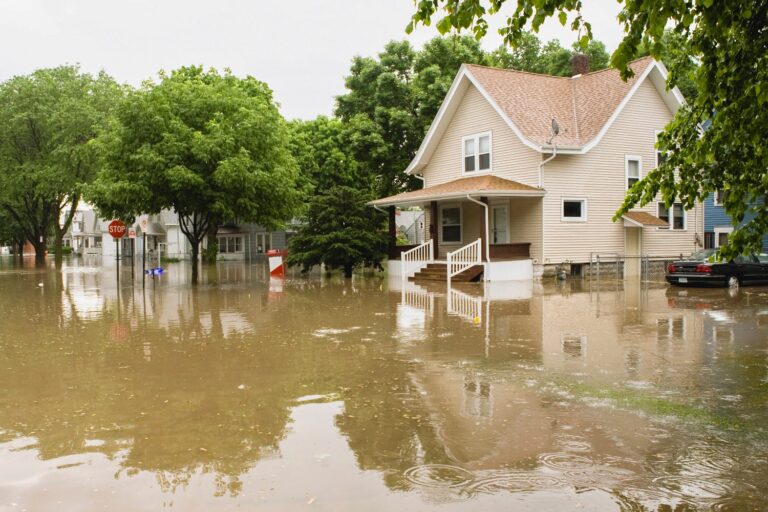Extreme weather events, such as droughts and floods, are increasingly affecting regions worldwide, notably in California and China. A new machine learning tool developed by Stanford researchers aims to analyze conditions for extreme precipitation in the Midwest, a significant contributor to U.S. flood disasters. Published in Geophysical Research Letters, this innovative approach improves the understanding of factors driving changes in extreme weather, aiding predictions for future flooding.
The researchers focused on the upper Mississippi and eastern Missouri watersheds, which have experienced more frequent extreme precipitation days and major floods in recent years. By analyzing climate data from 1981 to 2019, they trained an algorithm to identify atmospheric patterns associated with heavy rainfall. This method achieved over 90% accuracy, outperforming traditional statistical approaches.
Key findings indicate that atmospheric pressure patterns contributing to extreme precipitation have become more common in the 21st century, with increased rainfall intensity connected to greater moisture flows from the Gulf of Mexico. Future work will extend this methodology to other areas and types of extreme events. The study aims to enhance preparedness for climate change impacts.


